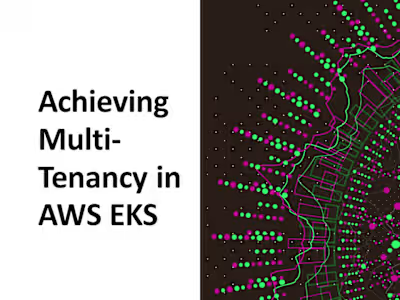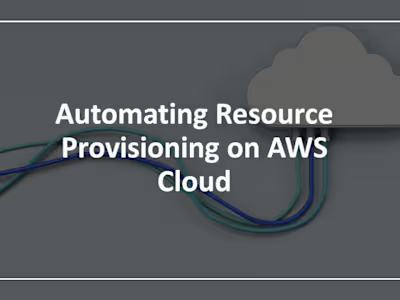Building CI/CD pipelines for Application Deployment in AWS
Continuous Integration and Continuous Deployment (CI/CD) pipelines play a crucial role in the modern software development lifecycle, enabling teams to deliver software quickly, reliably, and efficiently. In the context of the public AWS cloud, developers can leverage a variety of services to automate the deployment process. This article explores the key stages of a CI/CD pipeline and how Docker, Dockerfile multi-stage builds, AWS EKS, S3, and CloudFront can be utilized for deploying applications in AWS.
1. Source Code Management:
CI/CD begins with version-controlled source code. Popular platforms like GitHub, GitLab, or AWS CodeCommit host repositories, allowing collaborative development and easy integration with CI/CD tools.
2. Build:
The build stage involves compiling source code, running tests, and creating artifacts. Docker plays a significant role in this stage, providing consistency across different environments. Developers can use Docker to package applications and their dependencies into containers.
3. Test:
Comprehensive testing is crucial for ensuring the quality of the application. Automated testing can include unit tests, integration tests, and end-to-end tests. Tools like Jenkins, Travis CI, or AWS CodeBuild can be configured to execute these tests as part of the CI/CD pipeline.
4. Deploy:
The deployment stage involves pushing the application to a staging environment for further testing and, eventually, to a production environment. Container orchestration tools like Kubernetes are commonly used for managing deployment at scale.
5. Monitor:
Continuous monitoring helps to identify issues and performance bottlenecks in real-time. AWS CloudWatch, Prometheus, and Grafana are examples of tools that provide insights into the application's behavior and performance.
Docker Build Stages:
Dockerfile Multi-Stage Build:
Dockerfile multi-stage builds enable the creation of optimized and lightweight Docker images. By dividing the build process into multiple stages, unnecessary dependencies and build artifacts are discarded, resulting in a smaller final image.
In this example, the first stage installs dependencies and builds the application, while the second stage copies only the necessary artifacts into a lightweight Nginx image for production.
AWS EKS for App Backends:
Amazon Elastic Kubernetes Service (EKS) simplifies the deployment, management, and scaling of containerized applications using Kubernetes. EKS provides a highly available and secure environment for running production workloads.
To deploy an application on EKS, you would define Kubernetes manifests (YAML files) specifying services, deployments, and pods. These manifests can be version-controlled alongside your application code.
Deploying a Static Website to S3 and CloudFront:
1. S3 Bucket Setup:
Create an S3 bucket to store your static website files.
Configure the bucket for static website hosting.
2. Build and Deploy with CI/CD:
Use AWS CodeBuild to build your static website and push artifacts to the S3 bucket.
Configure the CI/CD pipeline to trigger on code changes.
3. CloudFront Distribution:
Create a CloudFront distribution to serve your static content globally.
Connect CloudFront to the S3 bucket as its origin.
4. Automated Deployment:
Set up a mechanism to automate the deployment process whenever changes are pushed to the source code repository.
In this example, AWS CodeBuild is used to build the static website, and the artifacts are deployed to an S3 bucket. CloudFront is then configured to distribute the content globally.
Conclusion:
Building CI/CD pipelines for application deployment in the public AWS cloud involves a combination of source code management, Docker, and AWS services like EKS, S3, and CloudFront. Leveraging these tools enables developers to streamline the development lifecycle, ensuring rapid and reliable delivery of applications while maintaining scalability and efficiency. Continuous improvement and adaptation of CI/CD practices contribute to a more agile and responsive software development process in the dynamic cloud environment.
Like this project
Posted Dec 25, 2023
CI/CD pipelines for seamless deployment of applications and websites in AWS cloud, ensuring efficient software delivery and continuous integration.






